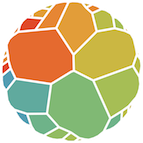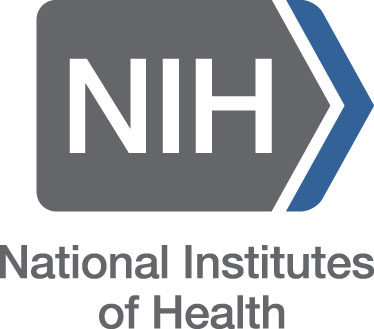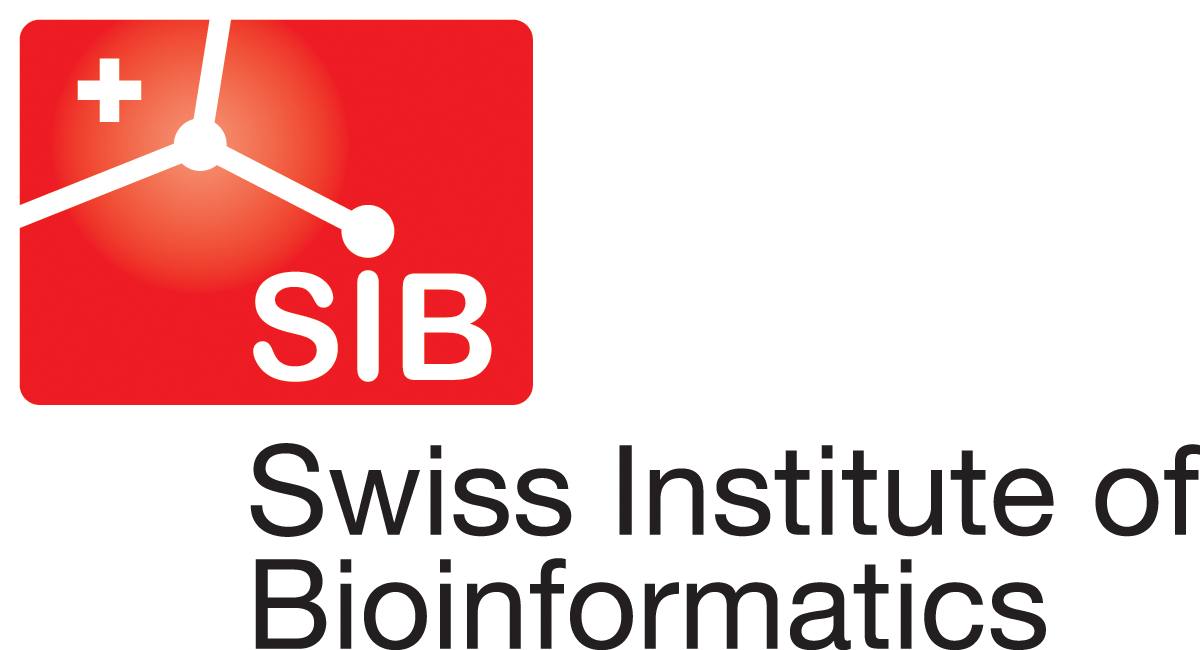Nextstrain SARS-CoV-2 resources
Labs from all over the world are sequencing SARS-CoV-2 and sharing genomic data. The Nextstrain team analyzes these data on a global and continental level. More specific analyses are often performed by public health and academic groups from around the world. This page lists a sample of such analyses. In addition to exploring SARS-CoV-2 evolution in finished analyses, you can use Nextclade to compare your sequences to the SARS-CoV-2 reference genome, assign them to clades, and see where they fall on a SARS-CoV-2 phylogeny.
- Latest global SARS-CoV-2 analysis (GISAID data)Jump to our globally-subsampled SARS-CoV-2 dataset which is updated daily using data from GISAID. We also maintain additional analyses to focus subsampling on different geographic regions and different time periods. These include analyses that focus on the previous 6 months for Africa, Asia, Europe, North America, Oceania and South America, as well as analyses that focus on the entire pandemic for Africa, Asia, Europe, North America, Oceania and South America.
- Latest global SARS-CoV-2 analysis (open data)Jump to our globally-subsampled SARS-CoV-2 dataset which is updated daily using open data from GenBank. Additional analyses that focus subsampling on different geographic regions and different time periods include analyses that focus on the previous 6 months for Africa, Asia, Europe, North America, Oceania and South America, as well as analyses that focus on the entire pandemic for Africa, Asia, Europe, North America, Oceania and South America.
- Nextclade (sequence analysis webapp)Drag and drop your sequences to assign them to clades, report potential sequence quality issues and view samples on a phylogenetic tree
- CoVariants (mutations and variants of interest)An overview of SARS-CoV-2 variants, their prevalence around the world and constituent mutations
- SARS-CoV-2 variant growth rates and frequency forecastsHistorical changes in frequency of SARS-CoV-2 variants are used to estimate variant growth rates and forecast changes in frequency
- How to run your own phylogenetic analysis of SARS-CoV-2A tutorial walking through running your own analysis using Nextstrain tools
- Scroll down to all available datasets
- Scroll down to all available interactive situation reports
All SARS-CoV-2 datasets
This section is an index of public Nextstrain datasets for SARS-CoV-2, organized by geography. Some of these datasets are maintained by the Nextstrain team and others are maintained by independent research groups. If you know of a dataset not listed here, please let us know! Please note that inclusion on this list does not indicate an endorsement by the Nextstrain team.
Filter DatasetsUse this box to filter the displayed data based upon keywords.
Data is filtered by forming a union of selected values within each category, and then taking the intersection between categories (if more than one category is selected).
Data is filtered by forming a union of selected values within each category, and then taking the intersection between categories (if more than one category is selected).
 Nextstrain Team
Nextstrain Team Nextstrain Team
Nextstrain Team Nextstrain Team
Nextstrain Team Nextstrain Team
Nextstrain Team Nextstrain Team
Nextstrain Team Nextstrain Team
Nextstrain Team Nextstrain Team
Nextstrain TeamAll SARS-CoV-2 situation reports
We have been writing interactive situation reports using Nextstrain Narratives to communicate how COVID-19 is moving around the world and spreading locally. These are kindly translated into a number of different languages by volunteers and Google-provided translators — click on any language below to see the list of situation reports available.
Support
All source code is freely available under the terms of the GNU Affero General Public License. Screenshots may be used under a CC-BY-4.0 license and attribution to nextstrain.org must be provided.
This work is made possible by the open sharing of genetic data by research groups from all over the world. We gratefully acknowledge their contributions. Special thanks to Kristian Andersen, Josh Batson, David Blazes, Jesse Bloom, Peter Bogner, Anderson Brito, Matt Cotten, Ana Crisan, Tulio de Oliveira, Gytis Dudas, Vivien Dugan, Karl Erlandson, Nuno Faria, Jennifer Gardy, Nate Grubaugh, Becky Kondor, Dylan George, Ian Goodfellow, Betz Halloran, Christian Happi, Jeff Joy, Paul Kellam, Philippe Lemey, Nick Loman, Duncan MacCannell, Erick Matsen, Sebastian Maurer-Stroh, Placide Mbala, Danny Park, Oliver Pybus, Andrew Rambaut, Colin Russell, Pardis Sabeti, Katherine Siddle, Kristof Theys, Dave Wentworth, Shirlee Wohl and Cecile Viboud for comments, suggestions and data sharing.




















